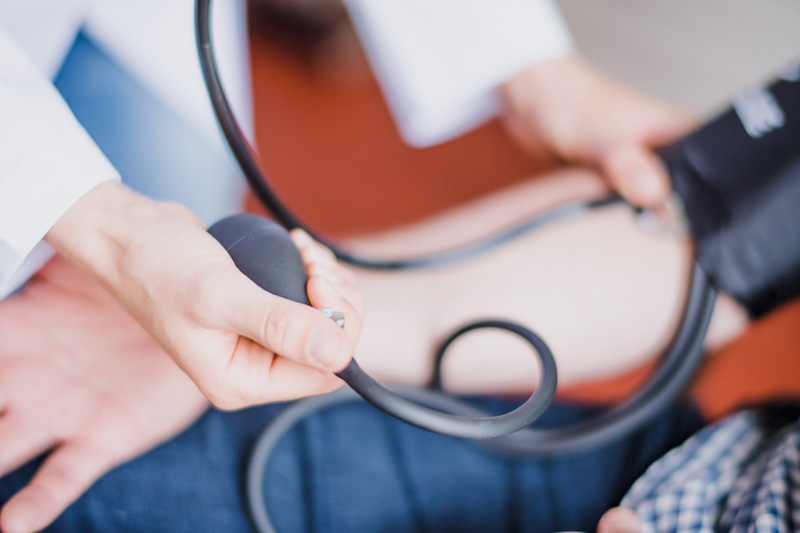
Reporting in a Just Culture
Reporting systems decrease accident rates in industries with the potential for catastrophic potential including aviation, nuclear power, petrochemical processing, steel production, and the military.35

Encouragement of Reporting
Highly reliable organizations are organizations that have systems in place to avoid failures and errors despite the complex and hazardous industries they represent. These organizations encourage reporting of errors and near misses and analyze system failures or weaknesses that could be improved to avoid repeating catastrophic events and near misses. Highly reliable organizations operate much like health care in challenging social and changing political environments. They are strongly regulated with little opportunity for experimentation of outcomes. Where highly reliable organizations a health care differ is that high reliable organizations operate under a unified culture that increases their ability to identify and correct system weaknesses before they cause a catastrophic event. As a result, highly reliable organizations operate under an extraordinarily high safety record while health care organizations do not. High reliability organizations take into account the sociocultural environment and the infrastructure under which they function. An organizational commitment to safety and learning is an ongoing process that grows with the organization.49, 17
Punitive responses to error reporting has a detrimental impact on the culture of safety in a health care organization. A culture of safety is founded in the beliefs, values, and actions of the organizational leaders.26, 46

Trust is Essential
Trust is critical to the development of a just culture reporting system in health care organizations. Studies have found that three out of every four errors are noticed by those committing them lending strength to the argument for building a culture where individuals trust that they can fully report errors without fear of blame or retribution. This creates an environment where organizations can learn how to improve system processes and reduce errors. When this type of reporting has been utilized in the health care setting, reporting of errors and near misses has considerably increased, and safety and health care outcomes have improved. 39, 37

Reporting of Near Misses and Errors
It is essential to report near misses as well as errors. A near miss is an event that could have had catastrophic consequences but didn’t. The only difference between an actual error resulting in harm and a near miss is the end result. In the health care setting, an example of a near miss are a nurse giving the wrong medication to a patient but no adverse consequences occurred from it or a doctor ordering the wrong dose of a medication for a patient but it was caught before it was administered.43, 45

Reporting Qualities Necessary
An expert advisory panel on patient safety system design was assembled by the Veterans Administration to identify and examine alternative procedures for reporting and analyzing adverse error events, they conclude that to be effective, organizational reporting systems must possess the following qualities:
- It must not be perceived as a punitive system
- Confidentiality systems must exist to ensure individuals do not feel at risk when reporting errors
- The reporting system should be narrative based, not just checking off boxes
- The reports must be analyzed by individuals with experience in the subject matter
- The reporting system must be voluntary
- The reporting system must not be simply a counting effort system but rather a corrective one
- Feedback to those who report errors must be timely to build trust in the system3
Stay Up on Just Culture
Signup to receive updates on just culture in the health care setting.


